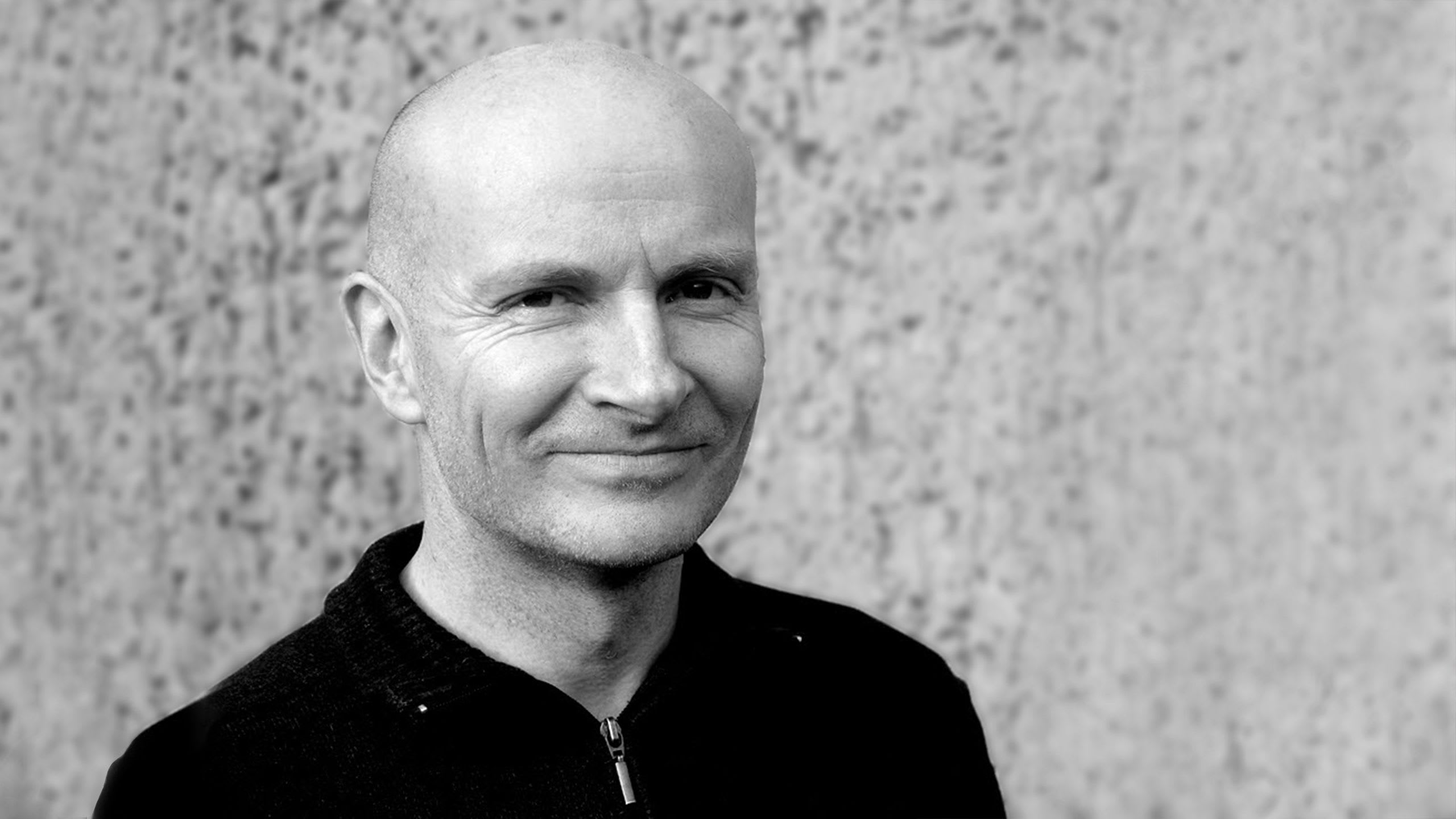Rafaël Rozendaal is an artist who works with systems, exploring colors and emotions in various media, from digital to physical. He’s known for making websites-as-artworks and using domain names as the authentication of his digital art since 2001. I had the pleasure of speaking with Rafaël about his artistic journey and upcoming Art Blocks project Endless Nameless.
Jeff Davis: Hi Rafaël! It’s great to speak with you. I always like to start from the beginning, how did you first get into making art?
Rafaël Rozendaal: Both my parents are artists, so I was always exposed to art, and we had lots of materials in the house to experiment with. I’ve been drawing as long as I can remember. Drawing has always been the center of my work, it’s a way for me to “think visually.”

JD: When did you start pursuing digital art?
RR: I started making stop motion videos around 1994, with Legos and a VHS camera, and started drawing on the computer around 1996. I experimented with video but also traditional materials ... paint, silkscreen, stone, clay, wood. Art school was great to have the freedom to explore for 4 years. Around my second year we were learning about different animation software and the basics of making websites. I was very excited about being able to make work and share it with the rest of the world. I posted my first online experiments in 1999.

JD: How do you feel your creative practice has evolved over time?
RR: For about 12 years my practice was mostly digital (2000–2012). After that, I started to expand to lenticular prints, textile works, installations and books, but I always continued to make digital works. I see no difference really, it’s great to jump between different materials and spaces and apply the same logic in a different context. I treat every opportunity as an environment to test an idea.

JD: I know you’ve exhibited your work widely, any recent shows you’d like to share?
RR: I just opened an exhibition in Tokyo at Takuro Someya Gallery. It’s a series of digital drawings that have been realized in enamel signs and colored mirrors. After that, I have an exhibition of purely digital work at Site Gallery in Sheffield UK. It will be a large scale installation of recent digital works. Imagine a huge room filled with projections.
JD: And then how did you discover NFTs/crypto art?
RR: I heard about it first from Kevin McCoy, who invented the whole thing. I was not so sure about it in the beginning, because I had my own system: single serving websites, each artwork in its own domain name. I was hesitant to make the leap to NFTs, but after many friends suggested it, I thought, let’s try it. It has been going very well much to my surprise. It has given me a lot of energy and excitement.

JD: That’s great, I think it’s important for artists to continue to explore new territory. Alright, let’s talk Art Blocks. How do you see Endless Nameless as connecting to your current artistic practice?
RR: I have always worked with generative code in single works, but this is the first time that I’m using the code to create an edition of 1000 units. I think it’s a great way to make the idea of algorithmic images tangible. Audiences have a hard time understanding why generative moving images are different from video and showing permutations of a script makes it easier to grasp…hopefully.
JD: What should collectors look for in your project as the series is revealed?
RR: Endless Nameless is an analysis of composition. Just like notes in a piece of music guide your ears, visual elements in an artwork guide your eyes. I hope that this project will make collectors look at this group of works intently and start seeing why small decisions make a big difference. Why does one appeal more to you than another? That’s the biggest mystery to me.

JD: Yes, looking forward to seeing everything that comes out the minter! Anything else people should know to better understand your art?
RR: I think art should not be understood. It should be stared at with the least amount of thinking possible.



